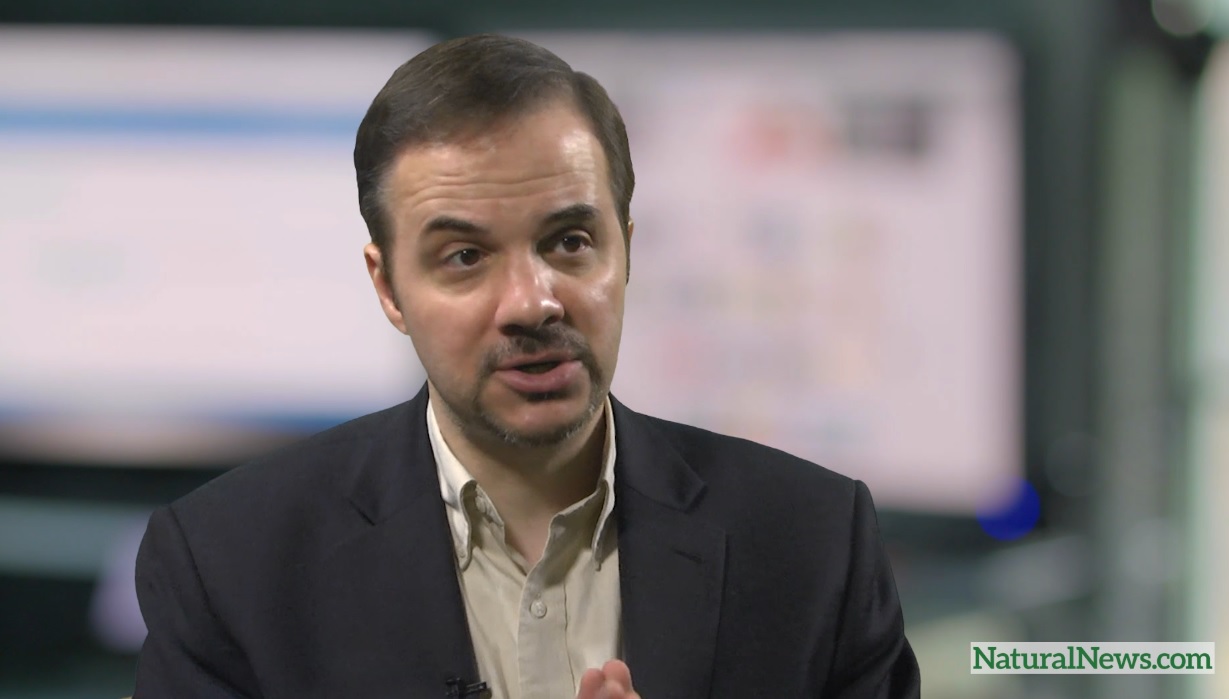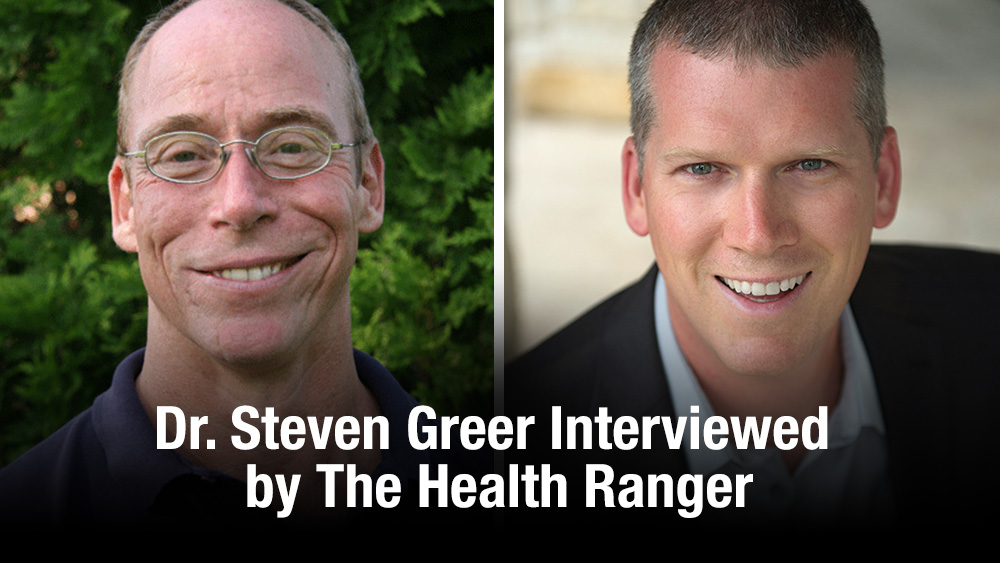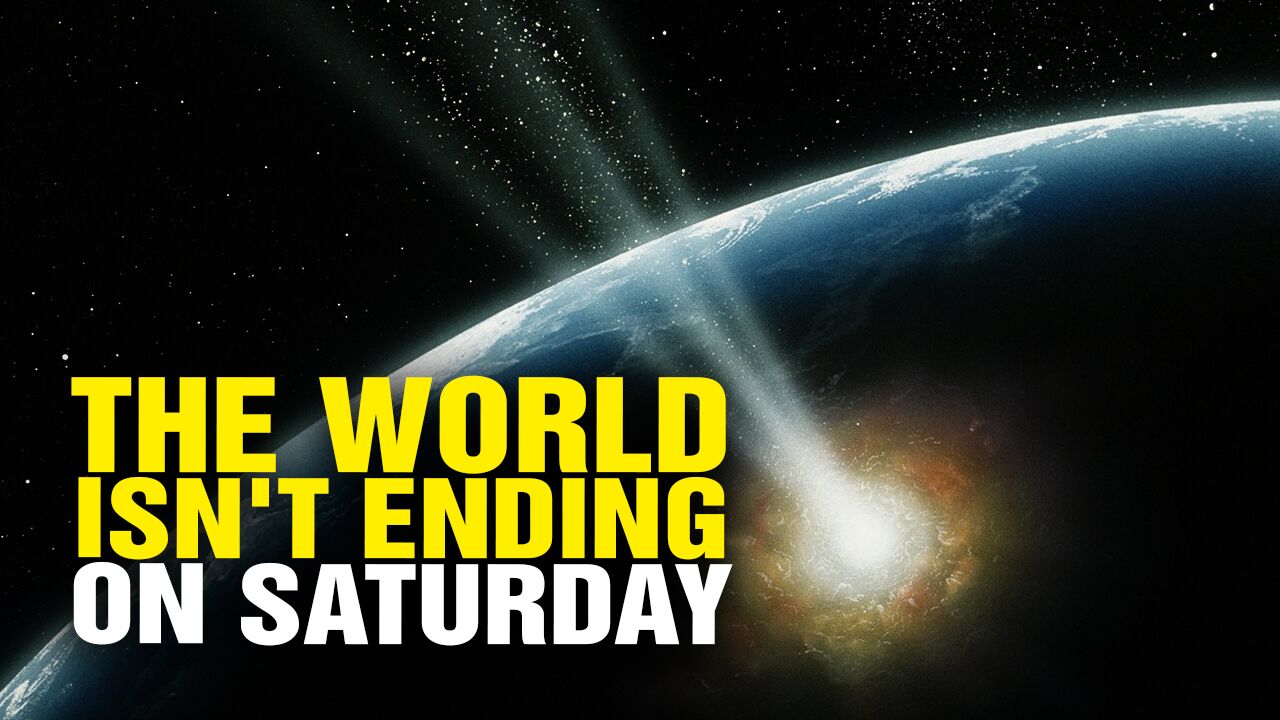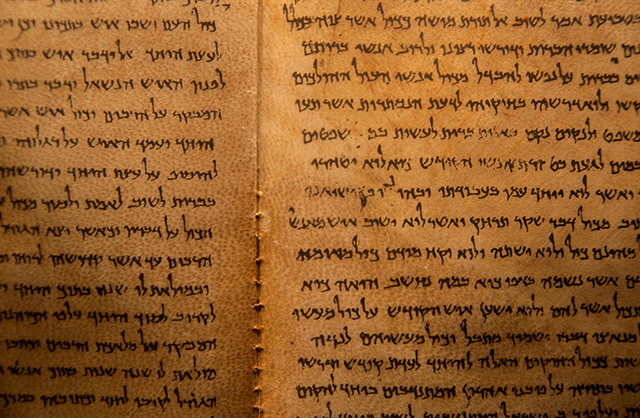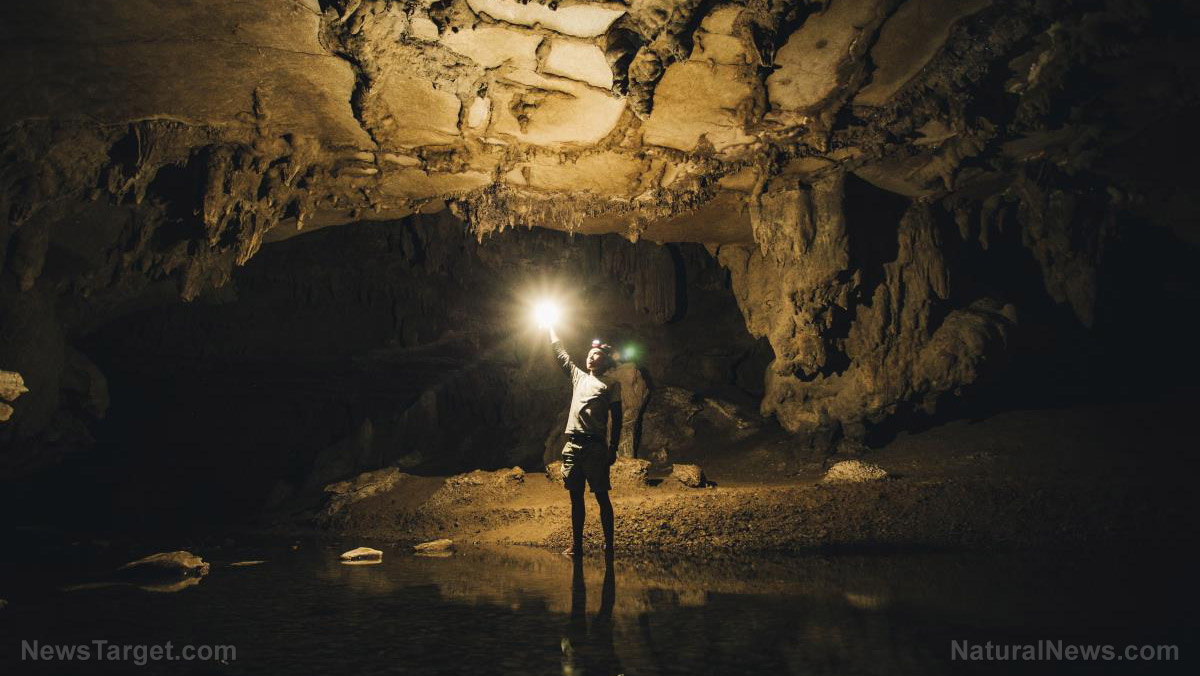It’s the ritual you’ve seen dramatised by people with twisting heads, rolling eyes and disembodied voices in Hollywood movies. Yet exorcisms are being performed on ordinary Australians in every corner of the country, as Clair Weaver reports…
Article by Clair Weaver
“Come out. Come out. COME OUT,” commands a 58-year-old man with a shock of silver hair, black jeans and a Queensland tan. With a grim, unwavering stare, he’s attempting to banish demons from the pale young woman beside him on a couch, who says she’s been plagued by spirits for the past seven years.
Five of us are sitting in a circle in a lounge room in a battler Gold Coast suburb on a dark evening in mid-July. The wooden shutters on the windows are closed. Mugs of tea and instant coffee, doughnuts and a pile of kiwifruit are on the table in front of us. All eyes are on the young woman.
“No, no, no,” she whimpers, “we don’t want to.” Head bowed, with one hand clasping her breast, she trembles and raises her other arm over her face in a defensive gesture.
“Come out,” the exorcist repeats more forcefully. “Come out or I’ll burn you.” The verbal wrangling continues, her words resisting and his increasingly stern. “Come out in the name of Jesus.” The young woman’s right hand curls and becomes rigid. His voice rises.
“Let go of her hand. Let go!”
After a few minutes, the young woman raises her hand to her mouth. Fingers straight, she twists her lips open repetitively in scissor motions. Moments later, she leans her head back and blows out an audible breath. A spirit, we’re told, has emerged.

Charismatic and confident, exorcist Peter Whiffin has the air of an ageing rock star. A former plumber, inventor, estate agent and entrepreneur, he’s been performing exorcisms for about 25 years. Nowadays, he says, demand is higher than ever and he does one nearly every day (some, as for a woman in Japan who growls like an animal, are performed via Skype).
The woman being exorcised this evening, Peter says, is by far the most difficult case he has ever worked on. “Sometimes,” he says, “she bites me.”
Before this evening’s ritual began, a prayer had been said to protect everyone in the room, in case a malevolent spirit was to emerge from the young woman – and find a new home in one of us.
Mention exorcism and many people immediately think of Hollywood movies: frightening depictions of the possessed, eyes rolling back, heads spinning, bodies levitating and disembodied voices making threats.
While real-life versions may not be so dramatic, they’re practised across the country by priests, ministers, healers and psychics. Hardly the fringe ritual you might expect.

Indeed, if you’re Catholic, chances are you’ve already undergone a simple or minor exorcism during Baptism. For more complex ones, each diocese across the country should have its own exorcist. Detailed instructions on performing the sacramental rite – which has been endorsed by Pope Francis – can be found in the Vatican’s official 84-page book Of Exorcisms and Certain Supplications.
Closer to home, the Archbishop of Hobart, Julian Porteous, who performed exorcisms as Auxiliary Bishop of Sydney, wrote a book for priests, Manual of Minor Exorcisms.
Archbishop Porteous declined to be interviewed for this feature, but in a talk at the University of Sydney in 2012, said the church’s teaching was “that demons are real, existent beings” rather than personifications or mythological explanations of evil.
People who are possessed, he says, endure great suffering and may feel they are trapped in “a living hell”.
Strict privacy and protocols surround exorcisms in Catholicism. The identities of priests who carry them out is confidential; they’re performed quietly with minimal attendees and there’s a reluctance to discuss the issue publicly (The Weekly approached the Catholic Church requesting interviews for this feature, but to no avail).

Mark Franklin, a spokesman for the Catholic Archdiocese of Hobart, did prepare a written statement for The Weekly, explaining that exorcisms are a type of blessing in which the church “asks publicly and authoritatively in the name of Jesus Christ that a person or object be protected against the power of the Evil One and withdrawn from his dominion”.
With permission from a bishop, only priests are permitted to perform the major form of exorcism in the Catholic Church, “directed at the expulsion of demons … through the spiritual authority [of] Jesus”.
“In this situation, the priest proceeds with prudence, strictly observing the rules established by the Church,” the statement says. “Exorcism is performed in an atmosphere of prayer and in discreet manner without publicity.”
The reason for this, according to the United States Conference of Catholic Bishops, is concern that individuals could “get caught up in a sensationalist mentality and thus create a kind of sideshow affair”.
Sophia Hausler, a mother-of-one whose home we’ve come to on the Gold Coast, says that she was tormented and molested by a demon as a child growing up in a Mormon household.
“Later, when I was born again [as a Christian], I went to a deliverance service, but I don’t think they knew what they were doing,” she says.
“By the time I found out what it was, the spirit had grown very strong.”
Sophia says she had a tumultuous childhood and left home at 16. She fell in with the wrong crowd, had an abortion and entered a dark phase. “It was like I was sucked into some kind of vortex,” she says. “I felt so unloved, I did whatever it took to get people to love me.”
Having a son, however, gave her purpose, she says, and the impetus to get her life together.
About 18 months ago, Sophia had some female friends over and invited Peter Whiffin to her home for Bible study, which developed into an exorcism. “They got hit by spirits coming out,” says Peter. “I texted Sophia the next day and asked what she thought about what happened. She said, ‘I’m gobsmacked’.
Sometimes, Peter uses a shofar (ram’s horn), crucifix, Bible, oil and holy water in exorcisms. Most of the time, however, he says he relies solely on the power of his prayers.
He reckons Sophia was likely plagued by a male sexual predator demon called an incubus (the female counterpart is called a succubus). “That’s a strong struggle,” he says, “because that spirit believes it’s the husband or wife of the person …
A lot of ladies are sexually attacked. They feel like they’ve been raped.”

Looking back, Sophia is convinced her demon was sabotaging her relationship prospects in the physical world. “I had chances with really nice guys,” she says, “and then something would always happen to end it.”
The medical profession has expressed concern about mental health conditions being confused with demonic possession. Professor Malcolm Hopwood, President of the Royal Australian and New Zealand College of Psychiatrists, acknowledges spirituality is an important source of support for people with mental health problems. “However, the belief mental illness may be caused by possession of spirits or demons is something that has been with us for centuries and has been clearly disproved,” he says.
Using exorcisms as a treatment would be “wrong, inappropriate and potentially very dangerous”, he adds, citing a 1993 case in which a Victorian woman with a history of schizophrenia died during an exorcism.
The Catholic Church concurs on this, with the Vatican’s updated exorcism book including a warning not to confuse mental illness with demonic possession.
Psychological illness “can only be properly addressed through adequate psychological care”, says the Archdiocese of Hobart’s statement, adding that considerable time is spent on assessing the nature of an affliction before an exorcism.
Peter Whiffin, a non-denominational Christian whose views on exorcism and beliefs diverge significantly from those of the Catholic Church, believes the answer is less clear-cut. He suggests that demons can cause illness or the two may co-exist.
Among the symptoms of possession which Peter cites are fantasies, paranoia and compulsions such as food addictions.
“I just test the spiritual side,” he says. “You don’t know until you look for them. To find out if the spirits are there, you have to pick a fight. You’ve got to shake it out of them. It’s a bit like hitting a wasp’s nest.”
Demons are “like parasites”, he says. “They’re living beings – they plan, they think and can make people kill themselves. People think it’s their thoughts [talking to them] but it’s not.”
Even if an exorcism is successful, Peter warns, that doesn’t mean a person will necessarily enjoy anything beyond a temporary respite, nor gain protection from a worse recurrence.
Concerns about yoga, reiki, Ouija boards, tarot cards, Tai Chi, voodoo, and witchcraft appear to be common among exorcists. Peter is among those whose concern extends to J.K. Rowling’s Harry Potter books and Stephenie Meyer’s Twilight series.
Viewing this kind of entertainment “awakens people” to dark arts and provides a kind of tacit approval for spirits to enter them, Peter says.
Sophia Hausler is wary about anything that could stir up the spiritual world. “I got into the Twilight series,” she recalls. “I ended up with a guy who was a vampire goth.”
Her brow furrowed, she consults Peter about whether her son could put himself at risk taking up martial arts (Peter advises caution because he regards “chi” energy as a demon).
“In a lot of rock music, the musicians have sold their soul to Satan,” Peter says. “People who listen will also open themselves up to spirits.”
So what’s the problem with yoga? “Yoga awakens the serpent at the bottom of the spine, [energy known as] kundalini,” says Peter. “That serpent will wind up your spine. It’s really hard to get it out.”
Yoga poses can also open up spiritual portholes for demons to enter the body, he claims, even when practised for health, and is linked to Hinduism.
In his Sydney University talk, Archbishop Porteous revealed his worries about reiki, from which he said he had helped extricate people.
“[Practitioners] lay their hands over people and send power in to heal,” he said. “But there are stages where you invoke certain spiritual forces … people have told me, for a while, it’s wonderful. [But] they’ve opened themselves up to a spiritual world in a way that has enabled evil to come in.
“What seems good then turns dark and they find themselves trapped.”
Exorcisms are not confined to Christianity. Alex Telman, an ex-barrister who performs exorcisms as part of his practice as a healer in Brisbane, is Jewish. “I’ve been using the Roman Catholic one for years,” he says. “It works, so I keep using it.
I started doing it because people kept asking for it.” His website shows a man writhing, growling and retching on an examination bed as Alex stands over him, ordering his spirits out and throwing holy water over him.
For Peter Whiffin, it was a friend’s mother performing an exorcism on him in Fiji in 1990 that led to his initiation. “I was a smoker,” he says. “She gave me the Bible and said, ‘I will pray for you to never smoke again.’ When she prayed, the room went dark and I saw this thing come out of my mouth. It was like a little ball – like a burr.” Since then, he says, he’s never smoked again.
While Peter believes he has a gift for exorcisms, he’d “prefer to be teaching people to do it. There’s so much need and not enough people to do it.”
The father of four does not charge for exorcisms. Once, he says, he listed his services under the title “Free Exorcisms” on the classified ads website Gumtree.
“You can’t buy and you can’t sell love,” he says. “If it’s a transaction, it loses its power.”
Peter says exorcisms can be dramatic and violent. He tells of people screaming, throwing chairs, their eyes rolling, vomiting and backflips. When his daughter was 10, he says she recounted seeing black smoke coming from a man whom he was exorcising.
Back in the Gold Coast lounge room, it’s getting late. Joe Cuttabut, a quiet, gentle man who was part of the Aboriginal Stolen Generations and has found peace through healing services, acknowledges some elements may seem far-fetched or extraordinary to those not well-versed in the group’s beliefs. “It’s normal for us – we’ve had experiences,” he says.
He’s not wrong. Peter draws our attention to a biblical reference to juniper. He points out this is the wood in broomsticks, thus linked to witches. He also tells of giants of the Bible, Nephilim (their fossilised remains, he claims, “are found all the time, but it’s hidden because there are forces that don’t want it known”) and hybrids born of fallen angels – mermaids, pan men and more.
“There’s a drive for more in life,” says Joe, “more of a spiritual way.”
The woman whom The Weekly observed being exorcised considers herself a work in progress. “I’m still conscious [during the exorcism],” she says. “I don’t like the feeling, but I feel more clear and peaceful afterwards.”
Despite an underlying agitation, she comes across as coherent, educated and absorbed in the spiritual world as a solution to her anguish. “I know I’m not crazy,” she says. “I know demons are real. I know Jesus is real.”







